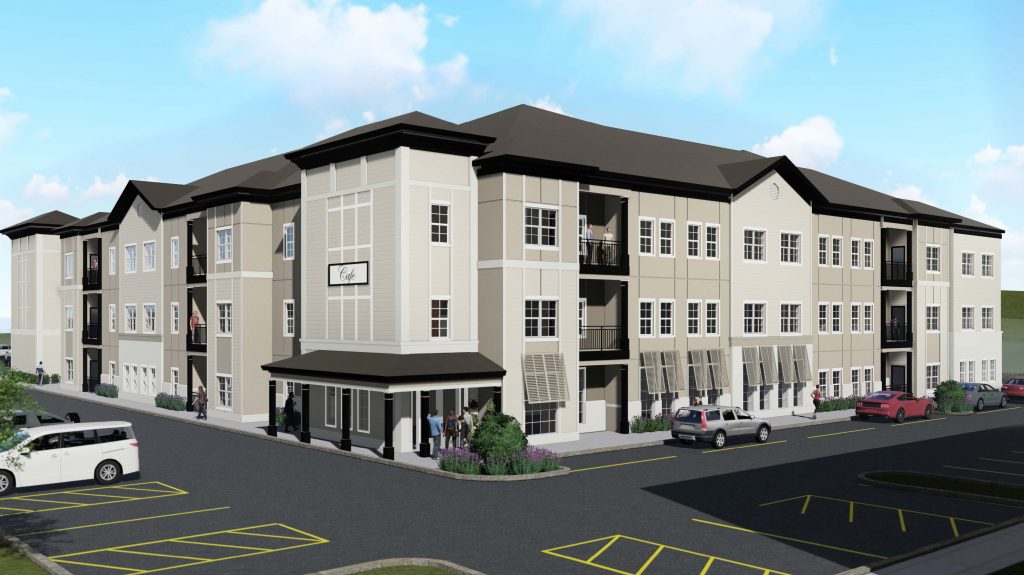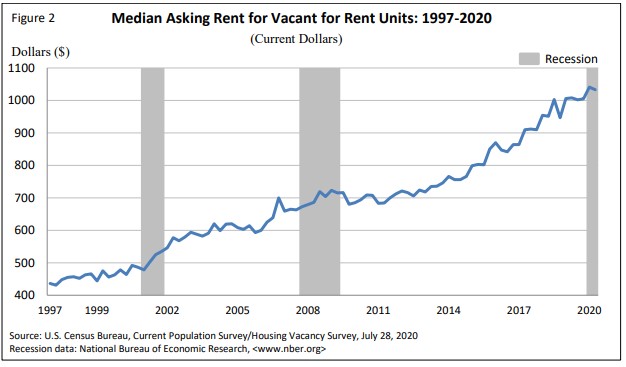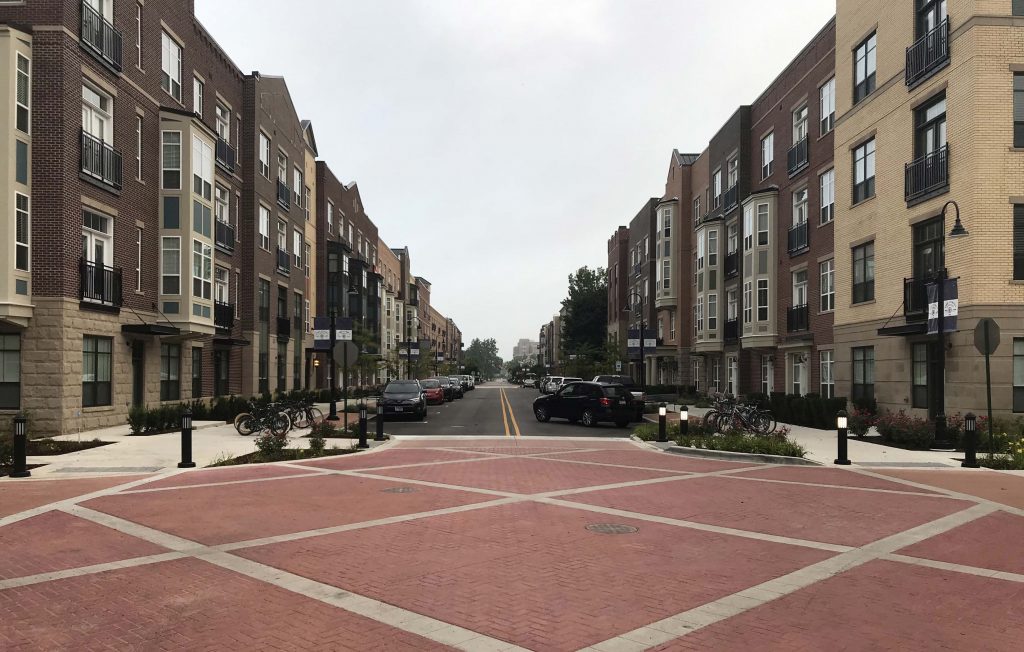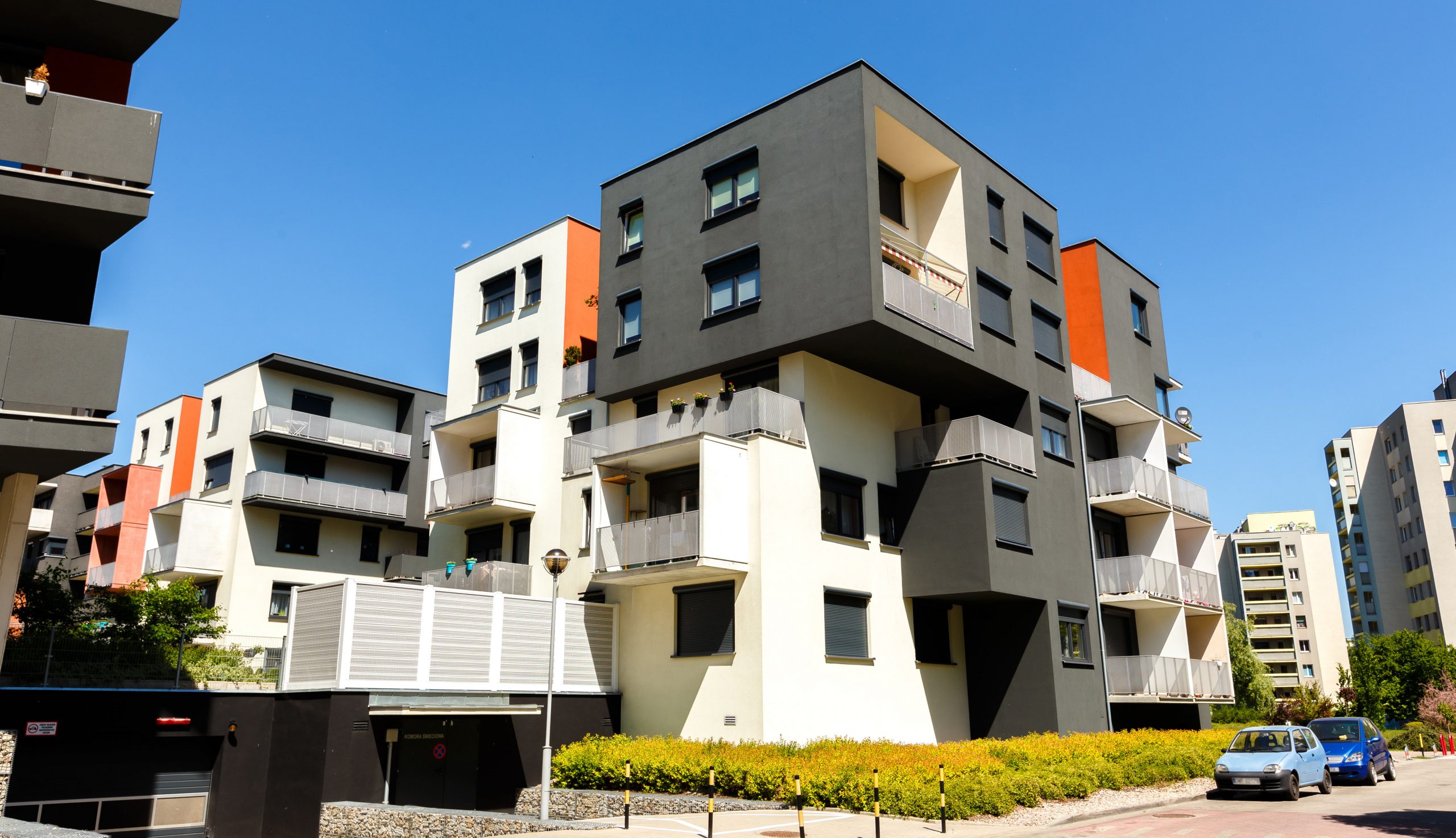“The American Dream,” we are frequently told, involves owning land and a home. But for many, many Americans renting is either their preferred or necessary path to having a place to live. In fact, in the U.S. Census Bureau’s second quarter 2020 update on Homeownership, the Bureau says that only 67.9% of those housed in the United States own a home. The remaining 32.1% of the housed population rents.
As the COVID situation has driven many to work from home, the need for changes to the way in which new multifamily apartment buildings are designed has become apparent. Apartments are limited in their space just as many houses are, and as a colleague of mine noted, working from home in the family’s apartment has created new stresses. Developers and architects are taking note of these issues.
At TLC Engineering Solutions, we work with multiple clients to provide structural and M/E/P engineering services for multifamily residential projects. In the past few years, I have personally been involved with Nelson Worldwide on two multifamily projects local to Florida, and Baker Barrios Architects on a series of multifamily projects in the Nashville, Tennessee area.

The most immediate shift I have seen in the design of these projects is a pivot to provide more communal co-working space. In some cases, this is space that is additional to the original footprint of the planned development, either as an expansion of each apartment building’s plans or as a separate structure altogether. In other cases, I see this space taking the place of portions of already-designated community areas such as the traditional “community center” or gymnasium space.
Another more gradual shift I have been observing in some markets even prior to COVID is an increase in what might be called “mid-range” apartments, for lack of a better term, in lieu of “luxury apartments.” Prior to moving to Florida, I worked in the greater Washington, D.C. region for a little over a decade and saw nearly every apartment project receive the label “luxury apartments.” When my family and I moved to the greater Orlando area, I saw the same trend between 2016 and the start of 2020.
This left large portions of the rental market to decide between small, high-priced rentals that are accompanied by a bevy of amenities, and low-income rental housing – for which many do not qualify based upon their income exceeding the thresholds for that housing. The figure below from U.S. Census Bureau starkly depicts the accompanying trend of what have been consistently increasing rental prices in the United States over the last 23 years.

With COVID impacting incomes, this gap in the available rental housing trend has been exacerbated. Savvy developers have already been grasping this gap in the market and working to develop a more mid-range type of apartment complex. In the time of COVID, this is even more critical with limited income available to many existing renters as well as people and families who have needed to sell their homes and transition to renting.
A mid-range level of apartment might best be defined as projects that are comfortably appointed but possibly lack high-end finishes and that may boast fewer or unique amenities that help keep rents lower than that of a typical luxury complex. A “buy up” model to some amenities may also be employed so that those amenities are available to those who can and want to afford them in addition to the rent for their unit.

One such project in the Nashville area, for which we are currently providing design services, has some scaled-back amenities such as a pool but does also include a co-working space. By skillfully budgeting on the project and balancing perks with needs in the time of COVID, the developer and architect are providing a very attractive apartment complex that should still be priced to rent quickly. The dedication of some limited ground-level space to retail and to renter storage units allows for additional income streams for the project developer while simultaneously providing marketable benefits to potential renters.
One more major trend I have seen in the development of lower-cost multifamily projects is that experienced developers aiming to complete these types of projects within a more limited budget are bringing the design and construction teams together much earlier in the design phase. As a structural engineer, this has enabled me to work closely with the construction team and design team to provide economical detailing suited to the locality of the project. It has also given the team the advantage of discussing material availability early, since many of us have noted that COVID has caused shortages in a number of key building materials, including wood, in some areas of the nation. Doing so helps prevent surprises that could dramatically impact project budget and/or the permitted design as the project moves to construction.
We have all seen in the news that renter eviction rates are potentially increasing, homeowners are selling and moving to rentals, and current renters of so-called luxury apartments are weighing their options under the pressure of decreased income. For these reasons, mid-range apartment developments that also offer options to work from home without being in the shared or perhaps limited space of an apartment are likely to reap the rewards of designing for the times.
TLC Engineering Solutions is well-versed in the design of apartment buildings of all varieties – including those supported on concrete or steel podiums to enable first-level retail space beneath large portions of the building. We have provided services for projects ranging from traditional wood-framed apartment projects to those supported upon cold-formed steel, concrete, and structural steel. We would be glad to engage in conversation with your design team about your next project in the multifamily residential sector.
